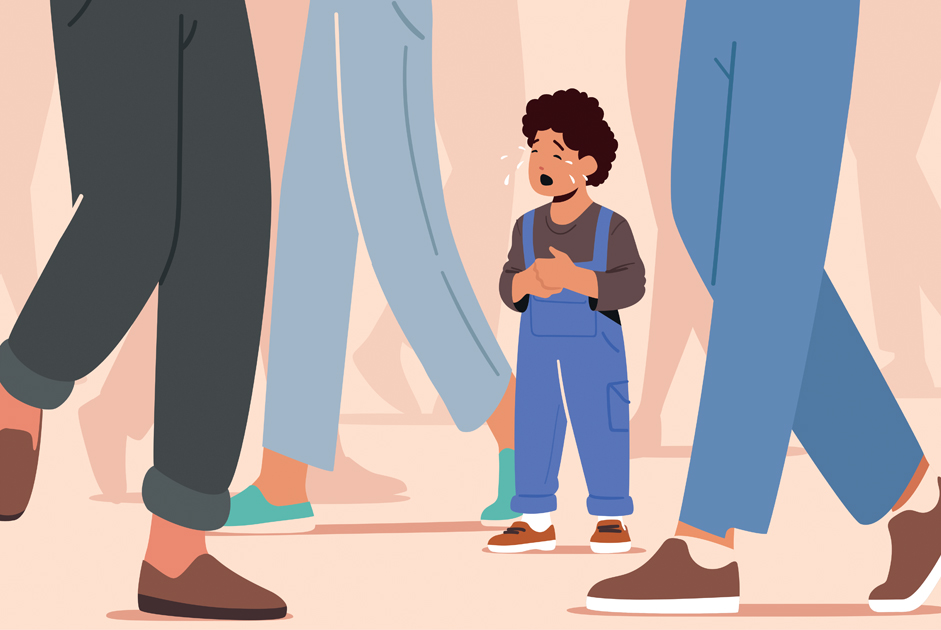Each month, this series will provide important facts and tips surrounding child safety in an effort to support parents and caregivers as they navigate reducing risks and creating the safest environment possible for the children in their lives.
Teaching children how to dial 911 in case of an emergency is important, but don’t stop there. Children of all ages should be given the opportunity to learn key information and skills that they can lean on in a variety of safety situations effectively.
Safety Starts at Home
It’s easy for time to go by each day without actively thinking about teaching safety to your children, unless there’s an accident or event that brings it close to home. The truth is, creating simple and short opportunities where you sit down to intentionally teach safety skills with your kids prepares them for life. While some schools cover basic safety as part of the curriculum, the fact is, safety starts at home.
If you feel overwhelmed with where to start or how to approach teaching safety skills to your children, remember to keep it simple. The goal of this month’s column is to help you stop overcomplicating and start choosing basic safety information for your children confidently, in ways they can learn and comprehend.
Teach Important Personal Information
If your child becomes separated from you in a public place or in the event of an emergency, you don’t want to rely on them having a phone to dial 911 in order to get help. According to safety experts, here is the most important information your children need to know.
#1 Personal Information: Teach your children to memorize their full names, along with the full names of their parents or guardians. This is especially important in the case of a lost child, as you can imagine how unhelpful it is for first responders trying to locate “Mom” or “Dad.” Emphasize the importance of knowing their home address, including city and state.
#2 Emergency Contact Numbers: In addition to learning 911, ensure your children know how to reach you or another trusted adult in case of an emergency. Practice memorizing phone numbers (including area code) and dialing together.
#3 Allergies and Medical Information: Make sure your children can communicate their important food or medical allergies as well as medical conditions. Teach them to recognize symptoms and seek help from an adult when needed. Of course, getting your child a medical bracelet for easy reference is another line of defense.
Creating Clear Communication
Your goal is to empower your children with these essential safety lessons, and teaching them through engaging methods is the best way to help drive each of the above safety information home. Regardless of your children’s ages, here are a few tried and true methods for developing the skills and confidence they need to learn and memorize this potentially life-saving information.
- Creating Songs or Rhymes: Whether it’s full names of family members, phone numbers or addresses, you can sing or chant them to different memorable tunes.
- Repetition and Mnemonics: Practice makes perfect! Review the information regularly through repetition, and try incorporating mnemonic devices, such as acronyms or silly phrases.
- Writing it Down: For older children, practice writing down important information, such as name, address and emergency contact numbers. Writing can reinforce memory and serve as a reference for them to review.
- Create Visuals: Utilize visual aids like flashcards or graphic illustrations to help remember key concepts, especially if you have a visual learner!
- Role-Playing Games: Engage in role-playing scenarios where your children practice using the safety information they’ve learned. Act out situations like getting lost in a store and ask them outright questions like “what’s Mom’s phone number?” Then guide them through the appropriate responses.
Experiment and Repeat
Try using a combination of these methods with your kids to both help make learning this safety information enjoyable but also to find out which methods are most effective for them. When you experiment with different approaches, you’ll start to really see which resonates best with your child’s learning style and be able to lean in as you continue to add in new age-appropriate safety skills and information.



















